Fiddler's Green
~Traditional
As I roved by the dockside on evening so rare
To view the still waters and take the salt air
I heard an old fisherman singing this song
O take me away boys my time is not long
Dress me up in me oilskin and jumper
No more on the docks I’ll be seen
Just tell me old shipmates
I’m taking a trip, mates
And I’ll see them someday in Fiddler’s Green
Now Fiddler’s Green is a place I’ve heard tell
Where fishermen go when they don’t go to Hell
Where the weather is fair and the dolphins do play
And the cold coast of Greenland is far, far away
The sky’s always clear and there’s never a gale
And the fish jump on board with a flip of their tail
You can lie at your leisure, there’s no work to do
And the skipper’s below making tea for the crew
And when you’re in dock and the long trip is thru
There’s pubs and there’s clubs, and there’s lassies there too
Now the girls are all pretty and the beer is all free
And there’s bottles of rum hanging from every tree
I don’t want a harp or a halo, not me
Just give me a breeze and a good rolling sea
And I’ll play me old squeeze box as we sail along
When the wind’s in the rigging to sing me this song

I am indebted to the many friends who share my love of traditional songs and to the many scholars whose works are too many to include here. I am also incredibly grateful to the collector’s curators and collators of Wikipedia, Mudcat.org, MainlyNorfolk.info, and TheContemplator.com for their wise, thorough and informative contributions to the study of folk music.
I share this scholarly research on my site with humility, thanks, and gratitude. Please cite sources accordingly with your own research. If you have any research or sites you would like to share on this site, please post in the comment box.
Thanks!
Contents
Fiddler's Green is an after-life where there is perpetual mirth, a fiddle that never stops playing, and dancers who never tire. In 19th-century English maritime folklore, it was a kind of after-life for sailors who had served at least fifty years at sea.[1][2][3]
In literature
Not all early mentions of Fiddler's Green are positive. For example, Edward Rose's The Sea-Devil, or, Son of a Bellows-Mender (1811) has the following dialogue:[4]
"a seaman never goes to hell—Fiddler's green is the tar's mooring-ground." "And where is Fiddler's green?" [...] "'tis the half-way house. A rare place sure enough, where Old Nick is employed to mix hot grog for sailors."
and a description published in a number of magazines around 1825:[5]
We are informed that there is in the other world, a place prepared for maids and bachelors called Fiddler's Green, where they are condemned, for the lack of good fellowship in this world, to dance together to all eternity.
More positively, Fiddler's Green is mentioned in Frederick Marryat's novel Snarleyyow; or, The Dog Fiend (1837), in a sailors' song with the chorus:[6]
At Fidler's Green, where seamen true,
When here they've done their duty,
The bowl of grog shall still renew,
And pledge to love and beauty.
Herman Melville describes a Fiddler's Green as a sailors' term for the place on land "providentially set apart for dance-houses, doxies, and tapsters" in his posthumous novella Billy Budd, Sailor.
In Patrick O'Brian's novel Post Captain (1972), the character Jack Aubrey describes several seamen living together on land by saying, "We'll lay in beer and skittles – it will be Fiddler's Green!".
In Neil Gaiman's The Sandman comic book series, Fiddler's Green is a place located inside of the Dreaming, a place that sailors have dreamed of for centuries. Fiddler's Green is also personified as a character as well as a location in the fictional world, the former largely based upon casual associations of G. K. Chesterton. In the 2022 TV adaption of the books, the personification is played by Stephen Fry. From November 12 to 14, 2004, a comic book convention promoted as "Fiddler's Green, A Sandman Convention" was held at the Millennium Hotel in Minneapolis, Minnesota. Author Neil Gaiman and several Sandman series artists, and others involved in the series' publication, participated in the convention, with profits benefiting the Comic Book Legal Defense Fund.
Fiddler's Green is an extrasolar colony mentioned in Robert A. Heinlein's novels Friday (1982) and The Cat Who Walks Through Walls (1985).
Title names
Fiddler's Green is the title of a 1950 novel by Ernest K. Gann, about a fugitive criminal who works as a seaman after stowing away.[7] The author Richard McKenna wrote a story, first published in 1967, titled "Fiddler's Green,” in which he considers the power of the mind to create a reality of its own choosing, especially when a number of people consent to it. The main characters in this story are also sailors, and have known of the legend of Fiddler's Green for many years.[8] It is also the title of the last book of Richard Woodman's history of the British Merchant Navy.[9]
In music
- A song called "Fiddler's Green", or more often "Fo'c'sle Song", was written by John Conolly in 1966,[10] a Lincolnshire songwriter. It has been recorded by Tim Hart and Maddy Prior for their album Folk Songs of Olde England Vol. 2 (1968), by The Dubliners for their album Plain and Simple (1973), by The Yetties for their album All at Sea (1973), and by The Irish Rovers for their album Upon a Shamrock Shore: Songs of Ireland & the Irish (2000).[11] The American sailor band Schooner Fare credits the song for bringing together their band. The song is sung worldwide in nautical and traditional folk circles, and is often mistakenly thought to be a traditional song.[12]
- "Fiddler's Green" is a song from the album Road Apples by Canadian rock group The Tragically Hip, written for lead singer Gord Downie's young nephew Charles Gillespie, who died before the album was released.[13] The track was covered by Welsh band Stereophonics on their 1999 Deluxe album Performance and Cocktails
- "Fiddler's Green" is a song from Marley's Ghost's album Four Spacious Guys (1996).
- Fiddler's Green is the title track and name of Tim O'Brien's Grammy Award-winning 2005 album.
- Fiddler's Green is a German folk-rock band, formed in 1990.
- "Fiddler on the Green" is a song by German-American power metal supergroup Demons & Wizards, from their self-titled album released in 1999.
- Fiddler's Green is mentioned in the Archie Fisher song "The Final Trawl" from the album Windward Away, about fishermen whose livelihoods are passing away.
- Fiddler's Green is also mentioned in the extended version of the song "Hoist the Colors" from the Pirates of the Caribbean films.
- Friends of Fiddler's Green is a folk music group form Canada, founded in 1971.
- Fiddler's Green is an outdoor amphitheatre in Greenwood Village, Colorado.
- "Fiddler's Green" was recorded by the American quintet Bounding Main and released on their 2005 album Maiden Voyage.[14]
In art
- Statue by Ray Lonsdale, installed in 2017 on Fish Quay in North Shields, England.[15]
- In the fifth installment of the Monkey Island game series (Tales of Monkey Island by Telltale Games, namely Chapter 5 - The Rise of the Pirate God) Guybrush Threepwood visits the pirate crossroads, which is quoted by character Galeb as being "The stopping point before Fiddler's Green."
In film
- In George A. Romero's Land of the Dead, the human holdout, surrounded by water, is a former luxury development called Fiddler's Green.
In the United States military
The Cavalrymen's Poem, also entitled "Fiddlers' Green" was published in the US Army's Cavalry Journal in 1923 and became associated with the 1st Cavalry Division.[16]
Halfway down the trail to Hell in a shady meadow green,
are the Souls of all dead troopers camped near a good old-time canteen,
and this eternal resting place is known as Fiddlers' Green.
Marching past, straight through to Hell, the Infantry are seen,
accompanied by the Engineers, Artillery and Marine,
for none but the shades of Cavalrymen dismount at Fiddlers' Green.
Though some go curving down the trail to seek a warmer scene,
no trooper ever gets to Hell ere he's emptied his canteen
and so rides back to drink again with friends at Fiddlers' Green.
And so when man and horse go down beneath a saber keen,
or in a roaring charge fierce melee you stop a bullet clean,
and the hostiles come to get your scalp,
just empty your canteen and put your pistol to your head
and go to Fiddlers' Green.
The name has had other military uses. Many places associated with the US military have been named Fiddler's Green:[17]
- The US Marine Corps operated Firebase Fiddler's Green in the Helmand River Valley, in Helmand Province, Afghanistan.
- An artillery Fire Support Base in Military Region III in Vietnam in 1972, occupied principally by elements of 2nd Squadron, 11th Armored Cavalry
- The US Navy's enlisted men's club in Sasebo, Japan from 1952 to 1976
- The cavalryman's poem about Fiddler's Green is the regimental poem of the US 2nd Cavalry Regiment.
- The enlisted men's club at United States Naval Training Center Bainbridge
- An informal bar at the Fort Sill Officers' Open Mess
- The stable and pasture used by Parsons Mounted Cavalry, a cadet group at Texas A&M University in College Station, Texas
- A bar at the Saber & Quill in Fort Knox, Kentucky
- The larger of the two bars at the Leader's Club at Fort Benning, Georgia
- Building 2805 at Fort Cavazos Texas, the former officer's club
- A small enlisted club on the Marine Corps Base Camp Pendleton in California
- The base pub at the Joint Forces Training Base in Los Alamitos, California
- Former dining facility used by 2nd Cavalry Regiment at Fort Polk, Louisiana
- An artillery-only pub for the 10th Marine Regiment, Marine Corps Base Camp Lejeune in North Carolina
- A privately-owned restaurant in San Diego, California adjacent to Naval Base Point Loma and Marine Corps Recruit Depot San Diego[18]
See also
References
- ^ Eyers, Jonathan (March 1, 2012). Don't Shoot the Albatross!: Nautical Myths and Superstitions. London: A&C Black. ISBN 978-1-4081-3131-2..
- ^ "The Sailor's magazine, and naval journal – American Seamen's Friend Society". Life on the Ocean. February 1898. p. 168. Retrieved October 14, 2011.
- ^ Hotten, John Camden (1859). A Dictionary of Modern Slang, Cant, and Vulgar Words. ISBN 978-1164343998.
{{cite book}}: ISBN / Date incompatibility (help) - ^ Rose, Edward (1811). The Sea-Devil, or, Son of a Bellows-Mender. Plymouth-Dock: J. Roach. pp. 24–25.
- ^ "Bachelor's elysium". New York Mirror. Vol. 3, no. 2. August 6, 1825. p. 10.
- ^ Marryat, Frederick (1837). "Chapter IX". Snarleyyow; or, The Dog Fiend. Philadelphia: E. L. Carey and A. Hart. hdl:2027/hvd.hweec5.
- ^ Gann, Ernest K. (1950). Fiddler's Green. William Sloane Association.
- ^ McKenna, Richard (1976). Casey Agonistes and Other Science Fiction and Fantasy Stories. London: Pan Books. ISBN 978-0330248259.
- ^ Woodman, Richard (2010). Fiddler's Green. History Press. ISBN 978-0-7524-4822-0.
- ^ When a Loose Cannon Flogs a Dead Horse There's the Devil to Pay: Seafaring Words in Everyday Speech by Olivia A. Isil
- ^ "The Irish Rovers – Upon A Shamrock Shore Songs Of Ireland And The Irish". Discogs. Archived from the original on February 23, 2020. Retrieved February 23, 2020.
- ^ Blood, Peter; Patterson, Annie, eds. (1988). Rise Up Singing. Bethlehem, Pennsylvania: Sing Out!. p. 201. ISBN 1-881322-12-2.
O Fiddler's Green is a place I've heard tell, where fishermen go if they don't go to hell
- ^ Rudnick, Natasha (August 19, 2016). "The Tragically Hip: 10 Essential Songs - "Fiddler's Green" (1991)". Rolling Stone.
- ^ Fiddlers' Green (September 28, 2019). "Bounding Main". Bounding Main. Retrieved February 29, 2024.
- ^ David Morton (April 21, 2021). "The North Shields memorial to lost fishermen - how the striking statue was created". Chronicle Live. Reach plc. Retrieved September 22, 2022.
- ^ "Fiddler's Green and other Cavalry Songs by JHS". Cavalry Journal. April 1923.
- ^ Axelrod, Alan (March 5, 2013), Weird War: Curious Military Trivia, Union Square, p. 49, ISBN 978-1-4351-4485-9
- ^ Curry, Judi (July 29, 2019). "Restaurant Review: Fiddler's Green on Shelter Island in Point Loma". OB Rag. Retrieved July 13, 2020.
Further reading
- Page, Michael; Ingpen, Robert (1985). Encyclopedia of Things that Never Were. Viking Press. ISBN 0-670-81607-8.
- Fiddlers green – World Wide Words
Source: Mainly Norfolk
Fiddler’s Green
[ Roud – ; Ballad Index FR439 ; John Conolly]
This sentimental song is so ubiquitous that many people believe it is a traditional song. But it was written in 1966 by John Conolly.
Tim Hart and Maddy Prior recorded Fiddler’s Green in 1969 for their second duo album Folk Songs of Old England Vol. 2. The record’s sleeve notes comment:
Written by John Conolly, this is a fine example of the work of this singer/song-writer from Grimsby describing the fisherman’s Utopian concept of the after-life.
Aly Bain and Mike Whellans sang Fiddler’s Green in 1971 on their Trailer album Aly Bain & Mike Whellans and in 1975 on the Trailer anthology Our Folk Music Heritage.
The Clancy Brothers with Louis Killen sang Fiddler’s Green in 1972 on their LP Show Me the Way.
Archie Fisher and Barbara Dickson sang Fiddler’s Green in 1971 on their Decca album Thro’ the Recent Years.
Filey Fishermen’s Harmony Group sang Fiddler’s Green on the 1985 anthology Sounds of Yorkshire: A Musical Souvenir of Yorkshire and Humberside.
John Conolly sang his own song on his and Pete Sumner’s Fellside CD of 1998, Trawlertown, and on the Fellside’s anthology Flash Company: A Celebration of 25 Years of Fellside Records (1976-2001). Paul Adams commented in the latter album’s notes:
John is the most unlikely writer of a hit song I know. It depends on how you define “hit”. There was a time in the 70s when you would hear this song sung every week in just about every folk club in the country. One of its great accolades is that people think it is traditional—doesn’t do much for John’s bank balance, though. It has been recorded numerous times. There are even Fiddler’s Green festivals. Look out for Fiddler’s Green slippers, mouse-pads and woolly hats.
And here John Conolly with Bill Whaley and Dave Fletcher sings Fiddler’s Green at Faldingworth Live:
Jon Boden sang Fiddler’s Green as the February 26, 2011 entry of his project A Folk Song a Day. He noted in his blog:
One of those songs that conveniently became traditional only a few years after being written! I understand John Connolly is gradually recouping some of his lost royalties. Quite right too—a fabulous song.
Lyrics
Sorry, I can’t show the lyrics here as I don’t have the copyright owners’ permission to publish them. But please feel free and ask me to send you the song’s lyrics.
Listen to The Dubliner’s perform Fiddler’s Green…
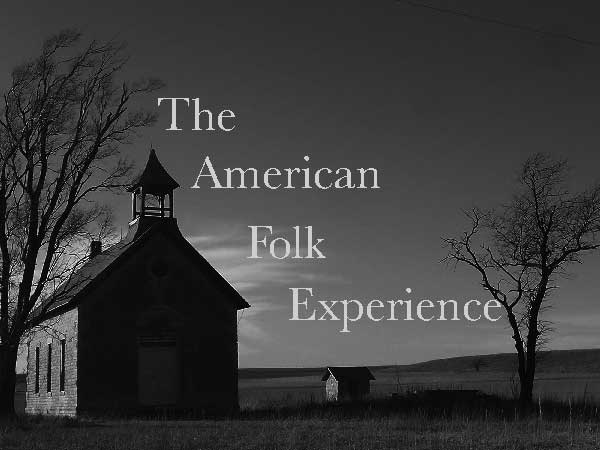
Performances, Workshops, Resources & Recordings
The American Folk Experience is dedicated to collecting and curating the most enduring songs from our musical heritage. Every performance and workshop is a celebration and exploration of the timeless songs and stories that have shaped and formed the musical history of America. John Fitzsimmons has been singing and performing these gems of the past for the past forty years, and he brings a folksy warmth, humor and massive repertoire of songs to any occasion.
Festivals & Celebrations Coffeehouses School Assemblies Library Presentations Songwriting Workshops Artist in Residence House Concerts Pub Singing Irish & Celtic Performances Poetry Readings Campfires Music Lessons Senior Centers Voiceovers & Recording
““Beneath the friendly charisma is the heart of a purist gently leading us from the songs of our lives to the timeless traditional songs he knows so well…”
Join Fitz at The Colonial Inn
“The Nobel Laureate of New England Pub Music…”
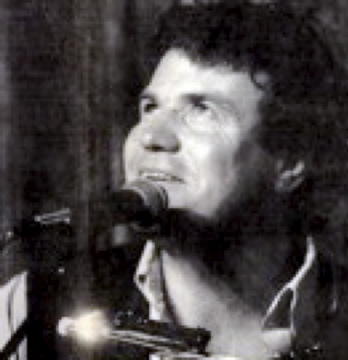
On the Green, in Concord, MA Every Thursday Night for over thirty years…
“A Song Singing, Word Slinging, Story Swapping, Ballad Mongering, Folksinger, Teacher, & Poet…”
Fitz’s Recordings
& Writings
Songs, poems, essays, reflections and ramblings of a folksinger, traveler, teacher, poet and thinker…
Download for free from the iTunes Bookstore
“A Master of Folk…”
Fitz’s now classic recording of original songs and poetry…
Download from the iTunes Music Store
“A Masterful weaver of song whose deep, resonant voice rivals the best of his genre…”
“2003: Best Children’s Music Recording of the Year…”
Fitz & The Salty Dawgs Amazing music, good times and good friends…
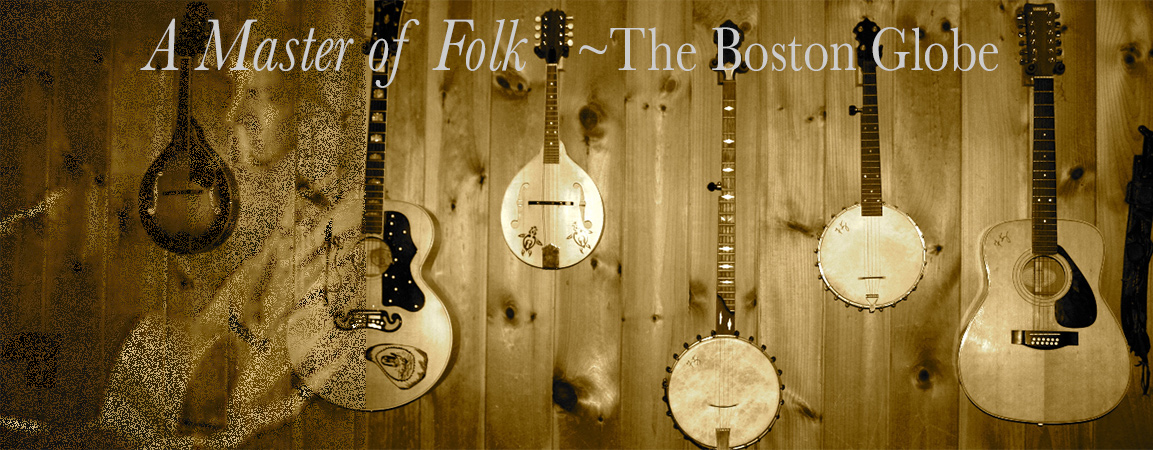


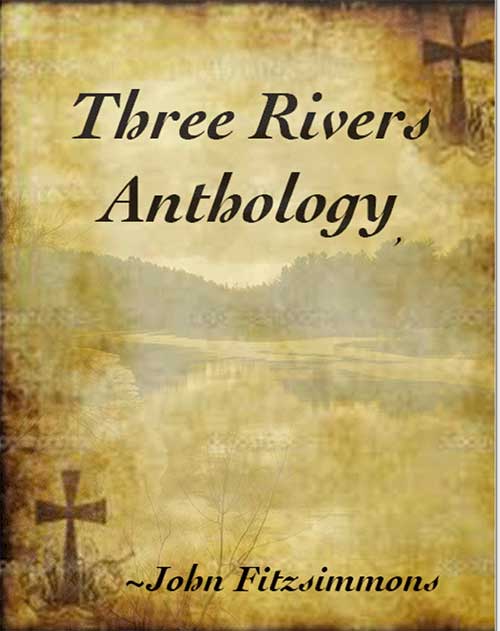
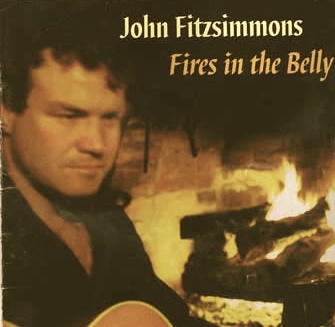
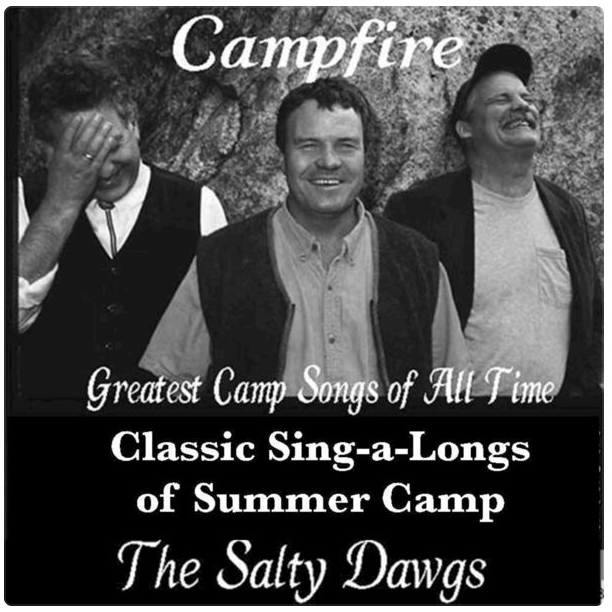
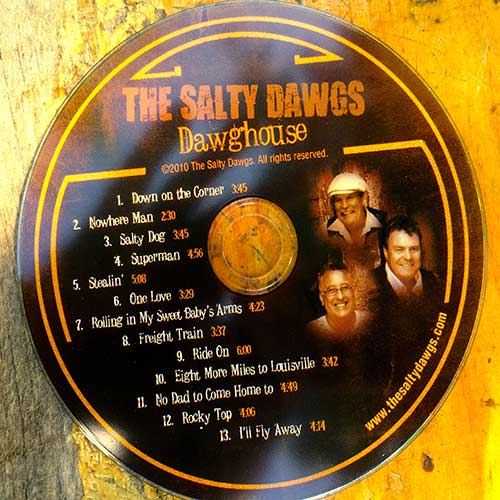
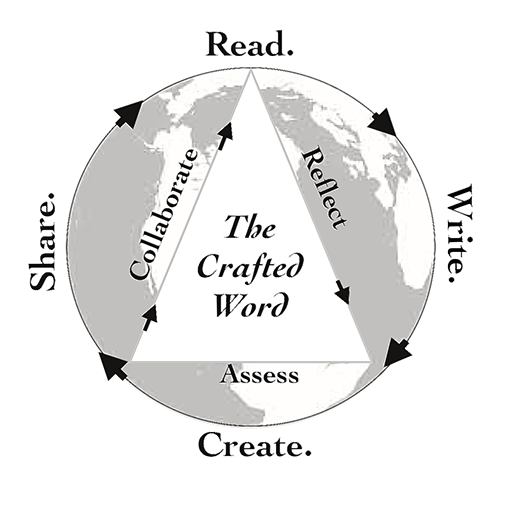

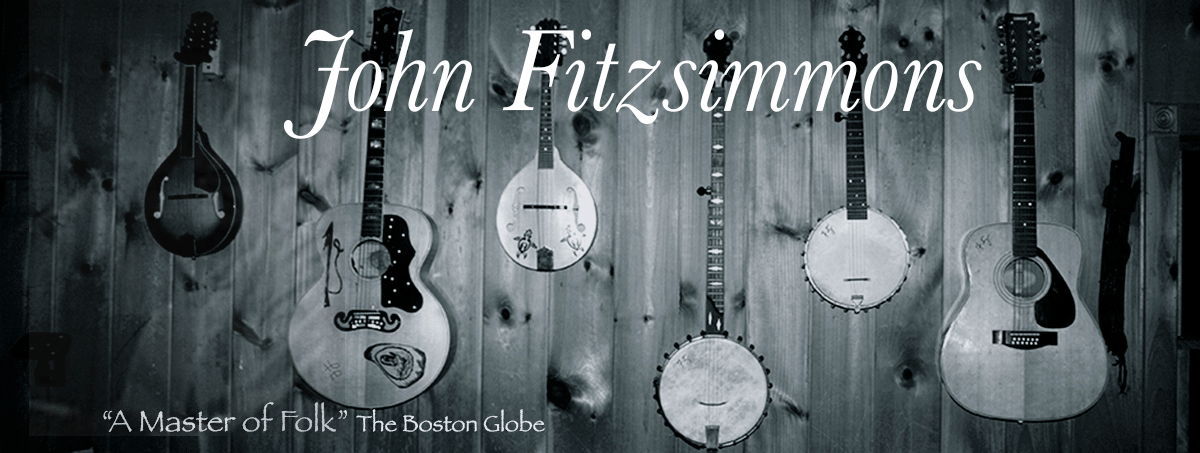
0 Comments